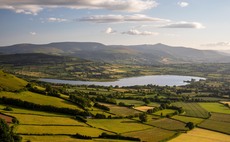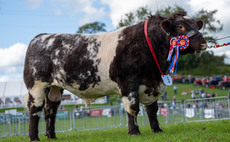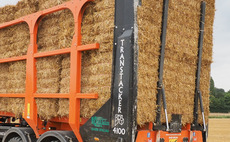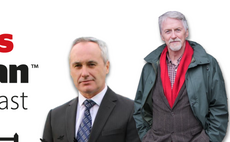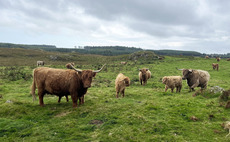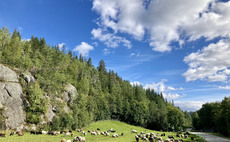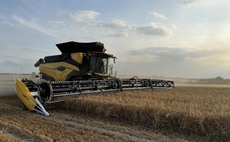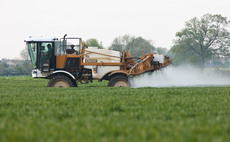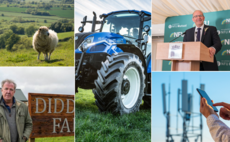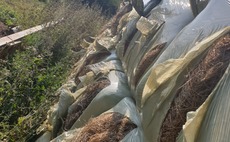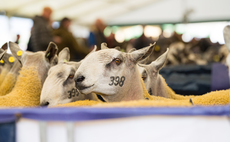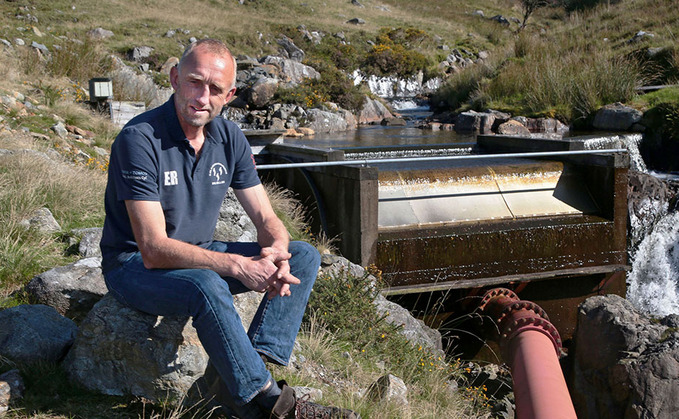
A major hydro scheme in north west Wales has shored up a family farm for the future. Barry Alston reports.
If there are two things the Welsh mountains are not short of, it is sheep and rain - but both are key to maintaining a traditional Meirionnydd family farm.
Esgairgawr, at Rhydymain, between Dolgellau and Bala, has been home to the Roberts family since taking on the tenancy in 1913 and buying the 450-hectare (1,112-acre) holding in 1985.
A great deal has happened since then, for as well as making full use of all the available environmental improvement schemes, renewable energy has become a major feature of the farming system.
A biomass boiler provides heating for the farmhouse and there are also solar panels harnessing the sunlight.
But by far the main energy producer is what is reckoned to be the largest farmer investment into hydro-electric generation in Wales.
From the farmyard, the bulk of the ground rises steeply in a ribbon fashion to just under the 3,000-feet mark on Aran Fawddwy, the highest peak in southern Snowdonia, with an annual rainfall close to 120 inches.
Despite the challenges, Emlyn Roberts, the fourth generation of the family to farm the holding, was convinced the conditions for generating electricity were ideal.
Now, with a weir located at 2,970 feet and underground piped free-falling water into a second weir, a 350kW farmyard power generator feeds electricity directly into the National Grid.
Investment
The overall investment is put at around £1 million, but with only low maintenance costs to cover and providing it never stops raining, the installation should carry on providing a long-term supplementary income to the farm's beef and sheep enterprises.
Emlyn, who has farmed in partnership with his parents, Trebor and Anwen, for the past 25 years, says: "Financially, it was a serious decision to make, but I have no doubts that given the lie of the ground and the area's high rainfall it was the right one.
"The conditions on the mountain are all I have ever known, but these days I do not dislike the rain as much as I used to."
Mesh grids covering both weirs prevent anything getting into the system which could cause damage to the generator, and the amount of electricity exported is governed by the water level in the feeder stream.
"It has to be at a certain level before we can put any water through the generator, which means the amount of power being exported can range from 20kW to 350kW," he says.
"A really dry and hot summer could limit peak output to eight months of the year."
Before the family bought Esgairgawr, it had been managed by the Ministry of Agriculture on behalf of its Forestry Commission owners. But the family knew only too well what they were taking on.
"It is a top heavy farm with around 350ha (865 acres) lying at height and not without its challenges," says Emlyn.
"It has largely been a case of being dealt a pack of cards and trying to do the best we could."
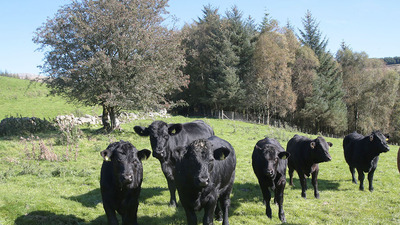
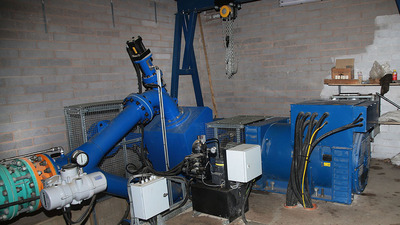
Hardy
"Central to that has been stocking the farm with livestock which has been bred to survive under such harsh conditions, and for us that has meant Welsh Mountain sheep and Welsh Black cattle.
"The aim is to keep the ewes hardy and low to the ground, with a midriff that allows them to take in forage. We do not want sheep that look like a pipe and need concentrates to survive.
"We want an animal that can do well from roughage alone."
Ewe numbers are based around 780 pure bred Welsh, a small pedigree flock of 20 Badger Faced Welsh Mountains and 50 crossbreds.
The Welsh mainly go to Welsh Mountain rams, though Charollais and Texel tups are used on some, with all the ewes being brought down from the mountain on to lower ground a week before lambing starts in mid-March.
They go back up the mountain in the middle of May.
In order to reduce feed costs and labour needs, recent years have seen a move away from indoor to mainly outdoor lambing, with only ewes carrying twins now being housed.
All the lambs are sold finished off grass from the end of June through to the middle of January, with most going away on a deadweight basis in order to obtain carcase feedback.
"With only 25 per cent of our lambs weighing above 15kg, they can be penalised by selling them in the live markets even though most are achieving R3L or R3H grades," says Emlyn.
On the cattle side, the 30 spring calving, single suckler cows are mainly pure Welsh Blacks, though some Stabilisers have recently been introduced to the herd.
"Being a composite breed specifically bred for milk and protein just like the Welsh Black cow they are easy calving," says Mr Roberts.
tex t2
Reaction
"I feel many of the pure breeds have moved towards being a show type of animal rather than a working type, and this has resulted in too much bone."
The main sires being used are Limousins, with calves being sold as 12-18 month-old forward stores through the live market at Dolgellau.
Cows and calves are usually housed from October to early May, according to the weather and ground conditions.
"It is all loose housing, so we spend quite a lot of money on straw, but it also means we have farmyard manure to spread on the land," says Mr Roberts.
"We do feed a little sugar beet which helps with fertility, but the bulk of the winter feed is home-grown big bale grass silage."
So far, the herd has been clear of bovine TB, but there are worries it is getting ever closer and is a major problem he sees the Welsh Government is failing to tackle seriously.
"The facts are out there, but I feel the politicians are sitting on the fence," says Emlyn.
"As well as the devastating consequences the disease is having on farming, there are repercussions happening within the environment due to the lack of control on what we consider to be vermin, such as buzzards, foxes and badgers.
"Traditional wildlife species are struggling to survive because the populations of such predators have grown too strong. There should be a balance, but that has been lost."
The family's commitment to caring for the environment was why great care was taken to ensure that other than the small footprint of the upper weir, there were no visible signs of the hydro pipeline.
Indeed, the succession of Wales-based environmental support schemes, ranging from Tir Cymen to Tir Gofal and latterly Glastir, have all played their part in Esgairgarw's development - and not only financially.
They have enabled the rebuilding of stone walls, the regeneration of hedgerows and the planting of new ones, as well as land improvement.
Proposals by the Welsh Government to replace them with an annual payment to farmers who deliver on-farm ‘environmental outcomes' have, however, received only a lukewarm industry reaction.
Agreements
"Surely it is better to adapt an existing scheme rather than bring in a new one and change everything," says Mr Roberts.
"Just how are they going to get agreements in place for everyone on the same day and engage the personnel with all the necessary experience to set them up?
"Tir Cymen, the very first of the Welsh schemes, worked on the principle of each farm being allocated a dedicated project officer for the entire duration of the contract.
"If the Welsh Government is going to emulate that scheme, there must be a question mark over whether the staffing is there and what will be the cost?"
Mr Roberts is convinced there is a future in farming for the follow-on generations, but accepts it will not be easy.
"When we bought the farm, interest rates were at 16 per cent, so making a living then was also difficult but we managed," he says.
"What will be essential in any future farm support scheme is stability."
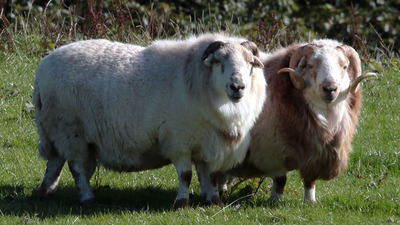
Welsh Mountain rams at Esgairgawr.






